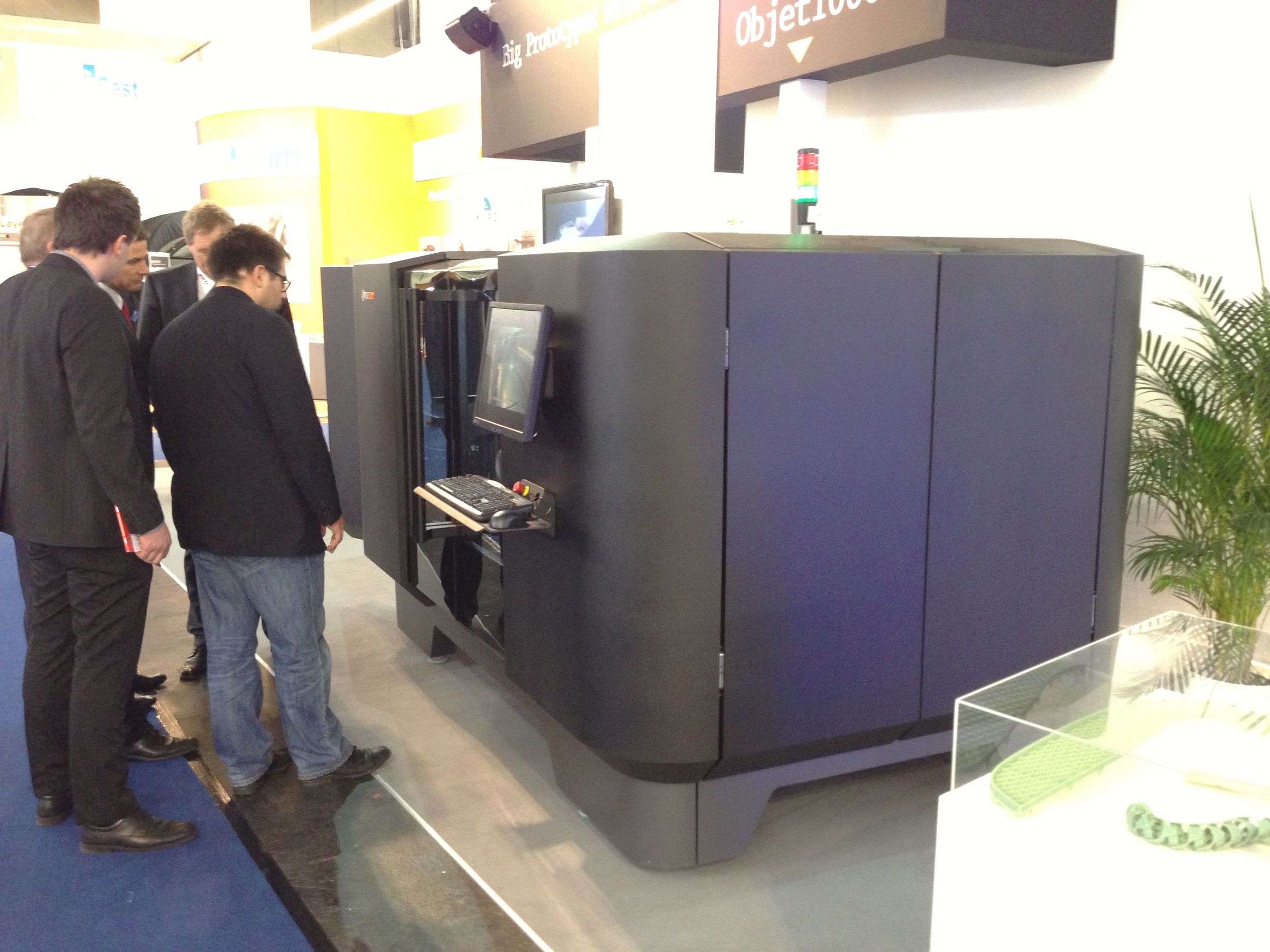
Our streets are awash in 3D printers, each of which has different specifications and capabilities. But what is the most important consideration?
Newbies often ask “How Big Can I Print?”, when first seeing a 3D printer. This is, as you might imagine, a silly question to ask, because larger prints tend to fail more than smaller prints. There’s just more time for a fail to occur.
Another common question is, “How Fast Can I Print?” Again, this is a curious question because speed is typically similar among all 3D printers: SLOW. Yes, there are a few machines that can print faster, but the tradeoff is sometimes quality, or geometric restrictions that slow down print speed. If you print too fast, you also risk print failure.
There are many features you can identify in a set of 3D printers aside from these basic features, with some being fundamental, like the ability to print ABS plastic, for example, and others being less critical, such as the case style, or a slightly larger color touch screen.
But none of these ultimately matter unless the print succeeds.
I have tested 3D printers that seemingly fail for the majority of print attempts. I have also tested 3D printers that succeed in printing almost every time.
Regardless of features, the ultimate goal of any 3D printer is to produce prints. If it cannot reliably do so, it is of little value, regardless of the number and quality of any other features.
The 3D printer has to be highly reliable. That is the number one feature everyone should be looking for.
Unfortunately, there doesn’t seem to be a standard specification one can inspect before purchasing. It would certainly be terrific if each machine had a “Reliability Rating”. You could then pick the “95% Good Prints” machine and avoid the “25% Good Prints” machine.
Those made-up stats may seem ridiculous, but if they existed, I am certain there are such massive differences in machines for sale today, and especially in the past. It’s just that we cannot see the stats.
Developing the statistic would be challenging, however. What constitutes a successful print? What exactly is being printed to perform this test? How many times must a test be performed to be accepted? What material(s) must be used in the test? What ambient environmental conditions must be present during a test. And so on.
You get the idea: it will be a very long time before someone invents a reliability test that is accepted by the majority of vendors.
Meanwhile, the best thing you can do is read. Read many 3D printing community forums to find out more about the reliability of prospective purchases before you buy. Another approach could be to approach existing users of a machine and ask their opinion. But beware, a sample of “one” may not provide valid information for you.
Reliability: it’s the number one thing.

